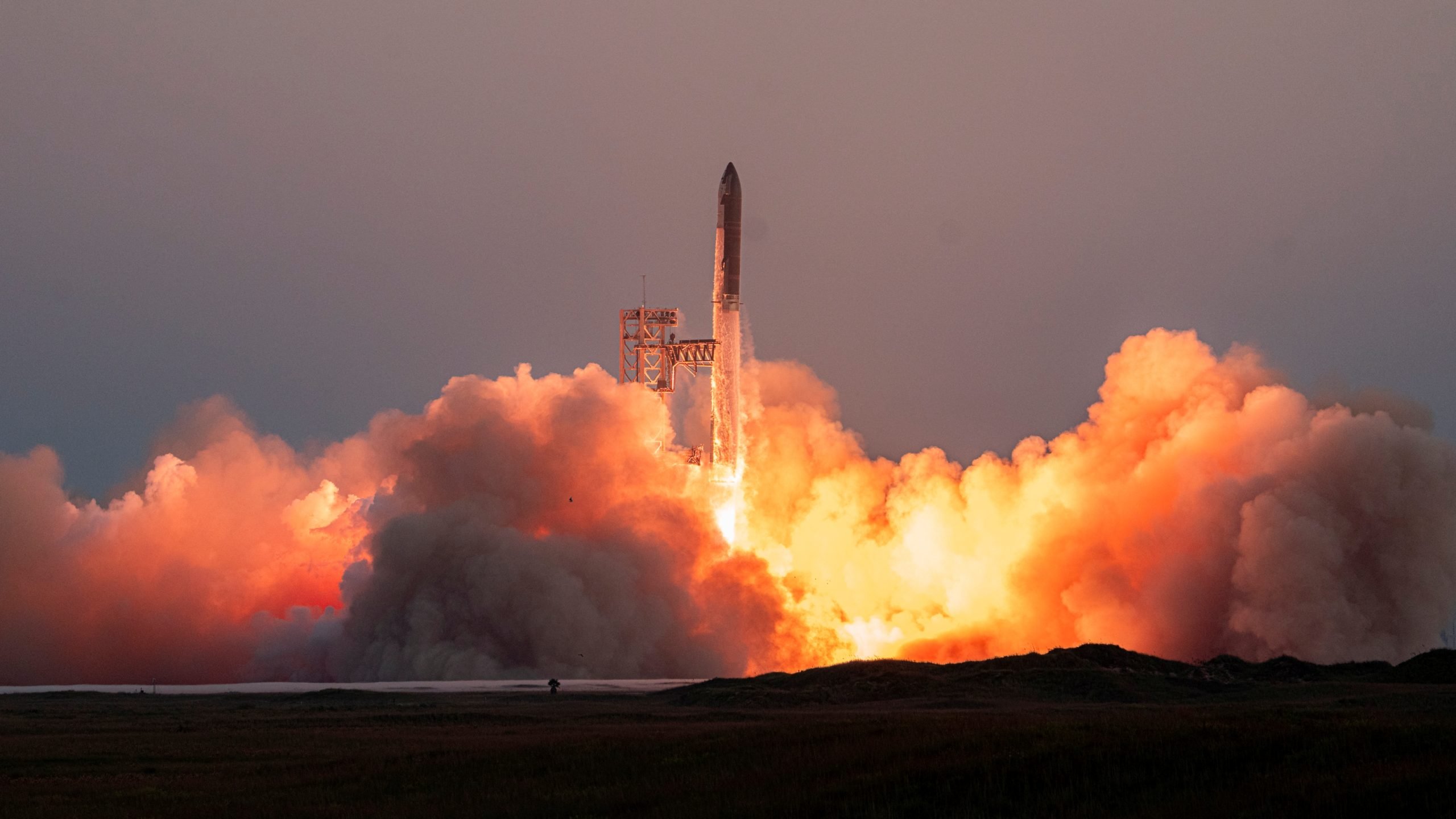There is no planet B for us. Not today. But there are several plans in case the end of the world comes and the opportunity to save something of their own presents itself. Although the most famous of these is the Global Storage seeds Svalbard, which aims to preserve the seeds of all types of plants and crops in the world, there is nothing like it to store our knowledge. At least not at the end of the world.
The problem with the end of the world is that it is likely that it will take our world with it, so the only solution to save part of our civilization is to do it outside. Where? The final idea, as crazy as it is necessary, is to do it on the moon.
The CEO of Lonestar, the company behind the idea, gave some details about it. The plan is to store human knowledge on servers on the moon… buried in tunnels created by old lava formations. His company is already running Intuitive Machines IM-1, a private mission. who will put the lander on the moon perform an initial software test by storing a small amount of data on the lander for two weeks or one lunar day.
Servers on the Moon and in lava tubes
They then plan to send the first full data server payload to the IM-2 Intuitive Machine. with which they will carry out load and unload tests. The idea is that future servers will be able to communicate with the Earth, as well as store information that we do not want to lose for years to come.
The main concern, apart from the cost and size of the servers needed to store “all human knowledge”, if at all possible, this is the temperature. On the Moon, it ranges from 106 °C (222.8 °F) during the day to -183 °C (-297.4 °F) at night. And then there is the problem of cosmic radiation, more aggressive than on Earth, where our atmosphere protects us.
This is where the aforementioned lava tubes appear., which would have the dual purpose of more stable temperatures, as well as preventing radiation from reaching the servers. This is perhaps the most sci-fi part of the entire project and one that is unlikely to be realized, at least to date.

Another additional challenge is server transportation, maintenance, and long-term storage efficiency. If you also need to create infrastructure with lava tubes and set up space stations, things get more complicated.
And then the most controversial. Who will pay for the game, who will be able to store the data and, above all, who will have access to these dice. Or what will be the selection, including the knowledge of mankind. The plan is undoubtedly very interesting and necessary, but extremely difficult to implement today.
Source: Hiper Textual














